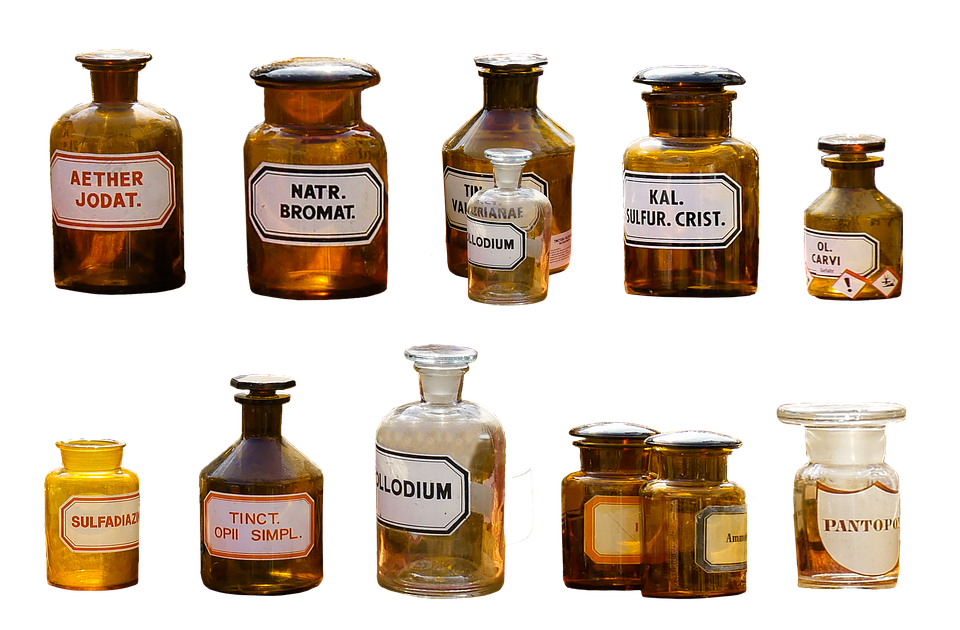In the bustling world of healthcare, one profession often works quietly behind the scenes yet plays a crucial role in patient care—community pharmacists. With their extensive training and unique position at the intersection of medicine, patient interaction, and public health, pharmacists contribute significantly to promoting wellness and managing chronic conditions. Let’s take a closer look at a day in the life of a community pharmacist, exploring their responsibilities, challenges, and the vital connection they have with the community.
Morning: The Calm Before the Rush
As the sun begins to rise over the pharmacy, the day starts well before the doors open. Community pharmacists often arrive early to prepare for a busy day ahead. The morning hours involve reviewing orders and verifying that medications are in stock, checking for any recalls, and ensuring the pharmacy is clean and organized. This preparation sets the stage for a smooth workflow once patients start arriving.
Once the doors open, the phone rings with inquiries from doctors’ offices, patients, and insurance companies. The pharmacist’s ability to juggle multiple calls while maintaining a focus on the patients waiting at the counter is crucial during this time. Many times, pharmacists are asked to clarify medication instructions or resolve discrepancies in prescriptions, showcasing their clinical knowledge and attention to detail.
Mid-Morning: The Heart of the Day
As the morning rush continues, patients begin to arrive for their prescriptions. A skilled community pharmacist provides more than just medication; they also offer critical counseling and support. When a patient comes in, the pharmacist takes time to discuss their prescriptions, including proper usage, potential side effects, and any drug interactions. This interaction is essential, especially for patients managing chronic illnesses like diabetes or hypertension, as pharmacists often serve as accessible health advisors in the community.
In addition to dispensing medications, pharmacists frequently conduct health screenings and provide immunizations. Whether it’s administering flu shots or checking blood pressure, these services are vital in fostering community health. Pharmacists are often on the frontline in educating patients about preventive care, emphasizing the importance of vaccination and regular health checks.
Lunchtime: Behind the Scenes
During what may seem like a lull in activity, lunchtime often proves to be one of the busiest times for community pharmacists. They take advantage of this quieter period to catch up on paperwork, updates in clinical guidelines, and continuing education. This commitment to lifelong learning is crucial, as the field of medicine is ever-evolving. Pharmacists may also meet with their pharmacy technicians to review workflow processes and discuss any challenges or opportunities for improvement.
While some community members may choose this time to visit the pharmacy for basic health inquiries or instant care, pharmacists remain available to assist with counseling, ensuring that community members leave feeling informed and empowered about their healthcare decisions.
Afternoon: Patient-Centric Care
As the day continues, the afternoon often commands an even more frantic pace. Patients may arrive for their scheduled medication refills, while pharmacists still need to attend to new prescriptions being brought in. In the meantime, they are also answering questions from customers, liaising with healthcare providers, and adjusting medication therapies based on patient feedback or lab results.
One of the most rewarding aspects of a pharmacist’s day is the patient relationships that develop over time. They not only dispense medications but also help manage the patient’s overall health journey. The personalized, one-on-one care often leads to conversations about adherence challenges or lifestyle changes, allowing pharmacists to build trust and encourage positive health outcomes.
Evening: Wrapping Up
As the day comes to an end, community pharmacists make their final rounds checking for any medication refills that need processing, preparing medications for the next day’s patients, and reviewing any outstanding tasks. Before closing, they may conduct a brief team meeting to discuss any notable patient interactions or identify issues that need addressing in their operations.
In summary, a day in the life of a community pharmacist is filled with a blend of patient interaction, clinical work, and administrative tasks. Beyond their roles as dispensers of medications, pharmacists serve as educators, health advocates, and integral members of the healthcare team. They contribute to the well-being of their communities by ensuring that everyone has access to the medications and education they need.
As we navigate an increasingly complex healthcare landscape, the importance of community pharmacists will continue to grow. They serve as a bridge between patients and healthcare, embodying the principles of accessibility, care, and commitment to public health that lie at the heart of community wellness. So, the next time you pick up a prescription, remember the dedication and expertise that lie behind the counter, supporting you on your health journey.




